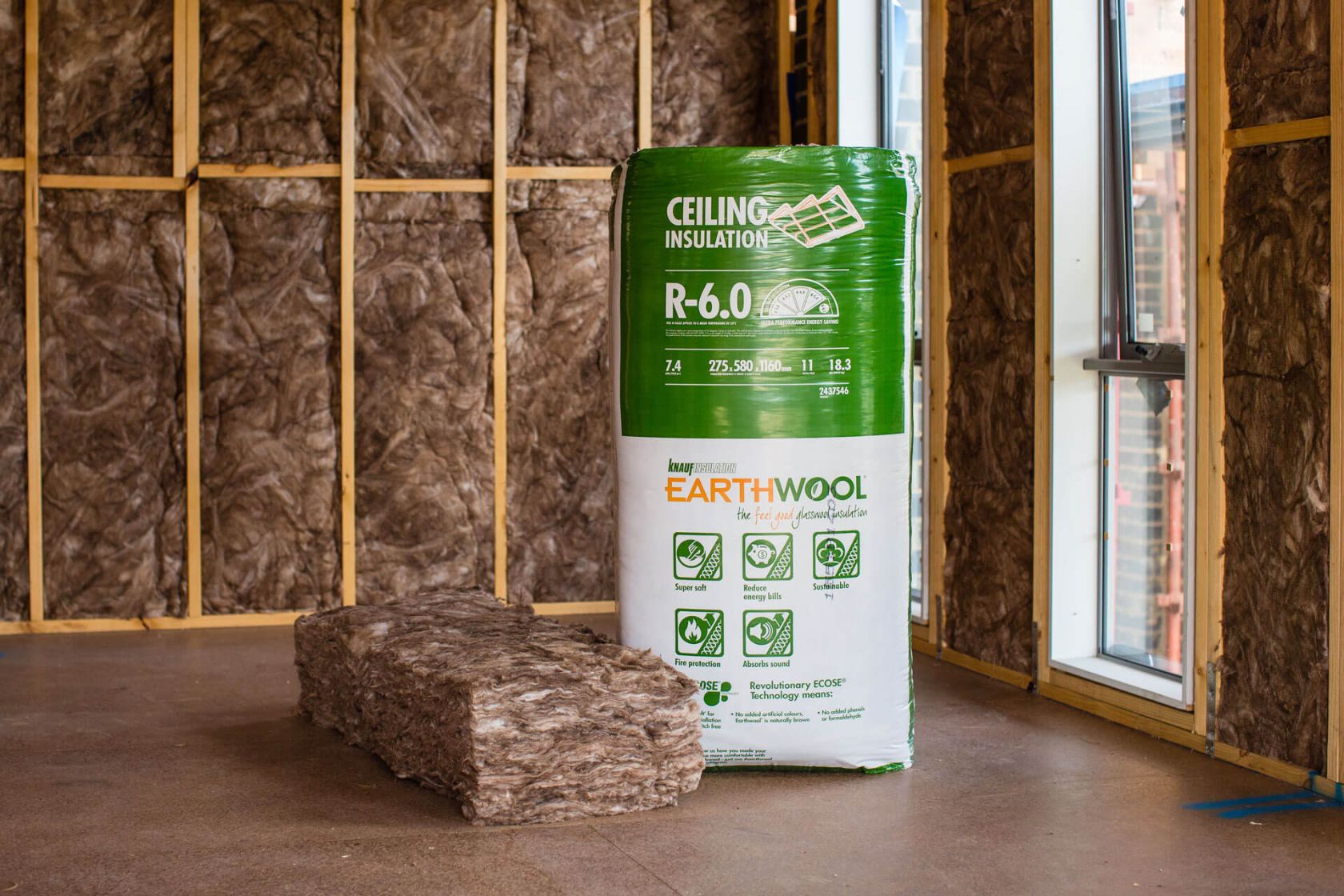

Articles
How Thick Is R-6 Insulation
Modified: February 23, 2024
Discover the thickness of R6 insulation in this informative article. Learn about the benefits of R6 insulation and how it can improve your home's energy efficiency.
(Many of the links in this article redirect to a specific reviewed product. Your purchase of these products through affiliate links helps to generate commission for Storables.com, at no extra cost. Learn more)
Introduction
When it comes to insulating our homes, we often hear about different types of insulation, such as R-values. One such insulation commonly used is R6 insulation. But what exactly is R6 insulation, and how thick is it?
R6 insulation refers to the thermal resistance value of the insulation material. It is an indication of how well the insulation can resist the flow of heat. The higher the R-value, the more effective the insulation is at preventing heat transfer. In the case of R6 insulation, it has a relatively high level of thermal resistance, making it suitable for various applications.
Understanding the thickness of R6 insulation is crucial as it directly impacts its performance. In this article, we will explore the factors that affect R6 insulation thickness, its common applications, and the benefits of using the appropriate thickness. We will also discuss important considerations for installation and provide insights into comparing R6 insulation with other types of insulation.
So, let’s dive in and gain a deeper understanding of R6 insulation and its thickness to make informed decisions when it comes to insulating our homes and buildings.
Key Takeaways:
- R6 insulation offers high thermal resistance, providing energy savings and improved comfort. Understanding factors like climate, building codes, and energy efficiency goals is crucial in selecting the appropriate thickness for optimal performance.
- Proper installation considerations, such as sealing air leaks and following manufacturer guidelines, are essential for maximizing the benefits of R6 insulation. Consulting with insulation professionals ensures successful insulation projects and long-term energy efficiency.
Read more: How Thick Is R-38 Insulation
What is R6 Insulation?
R6 insulation is a type of insulation that is specifically designed to provide a high level of thermal resistance. The R6 value refers to the insulation material’s ability to resist heat transfer, with higher values indicating better insulation performance. R6 insulation is commonly used in various applications to improve energy efficiency and maintain comfortable indoor temperatures.
R6 insulation is often made from materials such as fiberglass, rock wool, or foam board. These materials are known for their excellent insulating properties and durability. They are designed to trap air pockets within their structure, which helps to reduce heat transfer by conduction.
The thickness of R6 insulation can vary depending on the specific product and application. Generally, R6 insulation materials are available in thicknesses ranging from 1.5 to 3 inches. However, it’s important to note that the required thickness of R6 insulation may vary depending on factors such as climate, building codes, and specific project requirements.
One important thing to understand about R6 insulation is that the R-value is additive, meaning that using multiple layers of insulation can increase the overall R-value. For example, if you install two layers of R6 insulation, the total R-value will be R12.
R6 insulation is commonly used in various areas of a building where thermal resistance is essential. These can include walls, roofs, floors, basements, and crawlspaces. By effectively insulating these areas with R6 insulation, the building can experience reduced heat loss or gain, leading to energy savings and improved comfort.
It’s important to note that the actual insulation requirements for a specific project may vary depending on factors such as climate zone, building design, and local building codes. Consulting with a professional insulation contractor can help determine the appropriate R6 insulation thickness and installation method for your specific needs.
In the next sections, we will explore the factors that can affect the thickness of R6 insulation and delve into its common applications. Understanding these aspects will provide a better insight into why R6 insulation is a popular choice for many homeowners and builders.
Understanding Thickness in Insulation
The thickness of insulation is a critical factor that influences its performance and effectiveness. When it comes to R6 insulation, the thickness plays a significant role in determining its ability to resist heat transfer. Understanding the factors that affect insulation thickness can help us make informed decisions when selecting and installing R6 insulation.
1. Thermal Resistance (R-value): The R-value of insulation is a measure of its thermal resistance. It indicates how effectively the insulation material can impede heat flow. In the case of R6 insulation, the R-value is typically higher compared to other insulation types. However, it’s important to note that achieving the desired R6 value requires the insulation to be installed at the correct thickness.
2. Climate and Building Codes: The climate conditions and local building codes play a crucial role in determining the required insulation thickness. Different climate zones have varying temperature extremes, and building codes enforce minimum insulation requirements to ensure energy efficiency. These factors can influence the recommended thickness of R6 insulation.
3. Application and Location: The specific application and location of the insulation also impact the required thickness. Different areas of a building may have different insulation needs. For example, attic insulation may require a different thickness compared to wall insulation, depending on factors such as air infiltration and desired energy efficiency levels.
4. Framing and Stud Spacing: The spacing between wall studs or roof rafters can impact the available space for insulation. If there are narrower spaces between studs or rafters, it may limit the thickness of insulation that can be installed. Understanding the framing and stud spacing is crucial when determining the appropriate thickness of R6 insulation.
5. Energy Efficiency Goals: The desired energy efficiency goals of a building also play a role in determining insulation thickness. Some homeowners or builders may aim for higher energy savings and opt for thicker insulation to achieve better insulation performance. It’s important to align the insulation thickness with the desired energy efficiency goals to maximize insulation benefits.
When considering the thickness of R6 insulation, it’s essential to consult with an insulation professional or refer to the manufacturer’s recommendations. They can help assess factors such as climate, building codes, and specific project requirements to determine the appropriate thickness. Adequate insulation thickness will ensure optimal performance and energy efficiency benefits.
Factors Affecting R6 Insulation Thickness
Several factors can influence the thickness of R6 insulation required for a specific application. Understanding these factors is essential to ensure that the insulation provides optimal thermal resistance and energy efficiency. Let’s explore the key factors that affect R6 insulation thickness:
- Climate: The climate in which the building is located plays a significant role in determining the thickness of R6 insulation. In colder climates, where the temperature differentials between the interior and exterior are more significant, thicker insulation may be needed to provide adequate thermal resistance and prevent heat loss.
- Building Codes: Local building codes often specify minimum insulation requirements for different areas of a building. These codes are put in place to ensure energy efficiency and occupant comfort. Compliance with building codes is essential, and it may dictate the minimum thickness of R6 insulation that needs to be installed.
- Energy Efficiency Goals: The desired energy efficiency goals for a building can also influence the thickness of R6 insulation. If maximizing energy savings is a priority, thicker insulation may be recommended to achieve higher thermal resistance and reduce heat transfer.
- Building Design: The design of the building, such as the size and configuration of the walls, ceilings, and floors, can impact the available space for insulation. If there are limitations in space, such as narrow wall cavities, it may restrict the maximum thickness of R6 insulation that can be installed.
- Application: The specific application of R6 insulation, such as walls, roofs, or floors, can also affect the required thickness. Each application has different heat transfer characteristics and may require different levels of insulation to achieve optimal performance.
- Occupancy Patterns: The occupancy patterns within the building can influence the required insulation thickness. For example, if the building is frequently occupied, thicker insulation may be necessary to maintain comfortable indoor temperatures and reduce reliance on heating and cooling systems.
- Budget: The available budget for insulation can also impact the thickness of R6 insulation. Thicker insulation generally provides better thermal resistance and energy efficiency but may come with a higher cost. Balancing the desired performance with the available budget is crucial when determining insulation thickness.
It’s important to note that while R6 insulation is designed to provide a high level of thermal resistance, the actual thickness required may vary depending on these factors. Consulting with insulation professionals or referring to manufacturer recommendations can help assess these factors and determine the appropriate thickness of R6 insulation for optimal performance and energy efficiency.
Common Applications of R6 Insulation
R6 insulation is widely used in various applications to improve energy efficiency, maintain comfortable indoor temperatures, and reduce heating and cooling costs. Its high level of thermal resistance makes it suitable for multiple areas of a building. Let’s explore some of the common applications of R6 insulation:
- Walls: R6 insulation is commonly installed in exterior walls to prevent heat transfer and improve insulation performance. It helps to create a thermal barrier, reducing the amount of heat that enters or escapes through the walls. This can lead to energy savings and improved comfort.
- Roofs: Roof insulation is crucial in preventing heat gain during hot summers and heat loss during cold winters. Installing R6 insulation in the roof helps to create a buffer against external temperature changes, reducing the need for excessive heating or cooling and improving energy efficiency.
- Floors: R6 insulation can be used in floors to provide thermal insulation and reduce heat loss or gain. It is particularly important in areas with crawl spaces or basements where temperature differentials between the ground and living space can be significant.
- Attics: Insulating the attic is essential for preventing heat gain in the summer and retaining warmth in the winter. R6 insulation can be installed in the attic space to create a barrier against heat transfer from the roof, keeping the living areas below more comfortable and energy-efficient.
- Ceiling Joists: In spaces where there is no attic, such as vaulted ceilings or flat roofs, R6 insulation can be installed between the ceiling joists to prevent heat transfer between conditioned and unconditioned spaces. This helps to maintain a consistent and comfortable indoor temperature.
- Pipes and Ducts: Insulating pipes and ductwork with R6 insulation helps to prevent heat loss or gain during the transportation of heated or cooled air. This not only improves energy efficiency but also ensures that the conditioned air remains at the desired temperature until it reaches its intended destination.
R6 insulation can be applied in both residential and commercial buildings, providing effective thermal resistance and energy efficiency benefits. Its versatility allows it to be used in various areas of a building where temperature control and energy conservation are paramount.
Keep in mind that the specific application of R6 insulation may vary depending on factors such as climate, building design, and local building codes. Consulting with insulation professionals can help determine the appropriate locations and methods for installing R6 insulation in your specific project.
R6 insulation is typically around 1 inch thick. Keep in mind that the thickness can vary depending on the specific type and brand of insulation.
Read more: How Thick Is R-30 Insulation
Comparing R6 Insulation with Other Insulation Types
When it comes to selecting insulation for your home or building, it’s important to consider the various options available. R6 insulation is just one type of insulation, and comparing it with other insulation types can help you make an informed decision. Let’s explore how R6 insulation compares to other commonly used insulation types:
- Fiberglass Insulation: Fiberglass insulation is a popular choice due to its affordability and ease of installation. It is available in various R-values, including R6. While R6 insulation provides a higher level of thermal resistance, fiberglass insulation may offer more flexibility in terms of available sizes and thicknesses.
- Spray Foam Insulation: Spray foam insulation offers excellent sealing properties and can fill gaps and cracks, providing an airtight barrier. It typically has a higher R-value per inch compared to R6 insulation. However, spray foam insulation can be more expensive and requires professional installation.
- Cellulose Insulation: Cellulose insulation is made from recycled materials and is often treated for fire resistance. It can provide comparable thermal resistance to R6 insulation, but it may have different application requirements and installation methods.
- Mineral Wool Insulation: Mineral wool insulation, often made from rock or slag fibers, offers good fire resistance and soundproofing properties. It can have a comparable or higher R-value per inch compared to R6 insulation, making it an effective choice for thermal insulation.
- Reflective Insulation: Reflective insulation, such as radiant barriers, works by reflecting heat away from the living space. While it may not have a specific R-value like R6 insulation, it can be used in combination with other insulation types to enhance thermal performance.
When comparing insulation types, it’s essential to consider factors such as R-value, cost, installation requirements, and specific project needs. The choice of insulation will depend on factors like climate, building design, budget, and desired energy efficiency goals.
R6 insulation stands out for its high thermal resistance and suitability for various applications. However, it’s crucial to consult with insulation professionals or refer to manufacturer recommendations to determine the most appropriate insulation type and thickness for your specific project requirements.
By understanding the different insulation types and their characteristics, you can choose the insulation that best aligns with your goals for energy efficiency, comfort, and cost-effectiveness.
Benefits of Using R6 Insulation with the Appropriate Thickness
Using R6 insulation with the appropriate thickness offers several benefits that contribute to improved energy efficiency, comfort, and cost savings. Let’s explore some of the key advantages of using R6 insulation:
- Enhanced Thermal Resistance: R6 insulation provides a high level of thermal resistance, which helps to effectively prevent heat transfer through walls, roofs, and other areas of a building. This results in reduced heat loss during winter months and reduced heat gain during summer months, leading to improved energy efficiency.
- Energy Savings: By minimizing heat transfer, R6 insulation helps to reduce the reliance on heating and cooling systems. This results in lower energy consumption and, subsequently, lower utility bills. The increased energy efficiency provided by R6 insulation with the appropriate thickness can lead to significant long-term cost savings.
- Improved Comfort: Proper insulation is essential for maintaining comfortable indoor temperatures. R6 insulation helps to eliminate drafts, hot spots, and cold spots, creating a consistent and comfortable living environment all year round. It keeps the interior temperature stable and reduces the need for frequent adjustments to heating or cooling systems.
- Noise Reduction: In addition to thermal resistance, R6 insulation can also provide sound insulation benefits. It helps to reduce noise transmission from outside, creating a quieter indoor environment. This can be especially beneficial in urban areas or homes located near busy roads or airports.
- Environmental Impact: Using R6 insulation with the appropriate thickness can contribute to a greener and more sustainable living. By reducing energy consumption, it helps to lower carbon emissions and lessen the environmental impact associated with heating and cooling buildings.
- Longevity and Durability: R6 insulation is typically made from durable and long-lasting materials, ensuring its performance over time. When installed correctly and at the appropriate thickness, it can maintain its insulation properties for an extended period, minimizing the need for frequent replacement or maintenance.
- Compliance with Building Codes: R6 insulation with the appropriate thickness helps to meet or exceed the minimum insulation requirements specified by building codes. This ensures compliance with energy efficiency standards and may even qualify for government incentives or rebates.
It’s important to note that the benefits of using R6 insulation with the appropriate thickness can vary depending on factors such as climate, building design, and installation quality. Consulting with insulation professionals and following manufacturer guidelines can help ensure that the insulation is optimally installed to maximize its benefits.
By utilizing R6 insulation with the appropriate thickness, homeowners and building owners can enjoy improved energy efficiency, reduced utility bills, enhanced comfort, and a positive impact on the environment. It’s an investment in long-term savings and a more sustainable future.
Factors to Consider When Choosing R6 Insulation Thickness
When it comes to choosing the appropriate thickness of R6 insulation, several factors should be taken into consideration. The right insulation thickness is crucial in achieving optimal thermal resistance and energy efficiency. Here are some key factors to consider when selecting R6 insulation thickness:
- Climate: The climate in which the building is located plays a significant role in determining the required insulation thickness. Colder climates may require thicker R6 insulation to provide sufficient thermal resistance and prevent heat loss, while milder climates may require less insulation.
- Building Design: The design of the building and its specific areas, such as walls, roofs, and floors, can impact the available space for insulation. Understanding the building design, including the configuration of wall cavities, roof rafters, and so on, helps in determining the maximum thickness of R6 insulation that can be installed.
- Energy Efficiency Goals: Consider the desired energy efficiency goals for the building. Thicker R6 insulation can provide higher thermal resistance and greater energy savings. If energy efficiency is a priority, it may be beneficial to choose a thicker insulation thickness within the available space and budget.
- Building Codes: Local building codes specify minimum insulation requirements for different areas of a building. Compliance with building codes is essential to ensure energy efficiency and occupant comfort. Understanding the insulation thickness requirements in your area will guide you in choosing the appropriate R6 insulation thickness.
- Budget: Budget is an important consideration when selecting insulation thickness. Thicker insulation generally provides better thermal resistance and energy efficiency but may come at a higher cost. Balancing the desired performance with the available budget is essential in choosing the right R6 insulation thickness.
- Installation Space: The available space for insulation installation is a practical limitation. Factors such as stud spacing, roof rafter alignment, or narrow wall cavities may limit the maximum thickness of R6 insulation that can be installed. Understanding the installation space constraints is important to determine the practical insulation thickness.
- Insulation Type and Material: Different insulation types and materials have different thermal resistance capabilities. Consider the specific R-value per inch offered by the R6 insulation material being used. This will influence the necessary thickness of R6 insulation required to achieve the desired thermal resistance and energy efficiency.
It is recommended to consult with insulation professionals or refer to manufacturer recommendations to determine the appropriate R6 insulation thickness for specific project requirements. They can assess factors such as climate, building design, building codes, and budget to provide guidance on the most suitable thickness of R6 insulation.
Choosing the right R6 insulation thickness is essential in maximizing its performance and reaping the benefits of improved energy efficiency, comfort, and cost savings for your home or building.
Installation Considerations for R6 Insulation
Proper installation of R6 insulation is essential to ensure its effectiveness and performance in providing thermal resistance and energy efficiency. Paying attention to installation considerations will help maximize the benefits of R6 insulation. Here are some important factors to consider when installing R6 insulation:
- Preparation: Before installing R6 insulation, make sure the installation area is clean, dry, and free from any debris or obstacles. This will ensure proper adhesion and coverage of the insulation material.
- Protective Gear: It is important to wear appropriate protective gear, including gloves, goggles, and masks, when handling R6 insulation materials. This will help protect against skin irritation and inhalation of fibers.
- Sealing Air Leaks: Before installing R6 insulation, ensure that any air leaks or gaps in the area where insulation will be placed are properly sealed. This will prevent air infiltration and help maintain the desired thermal resistance and energy efficiency of the insulation.
- Correct Thickness: Follow the manufacturer’s recommendations and local building codes to determine the appropriate thickness of R6 insulation for the specific application. Installing the correct thickness is crucial in achieving the desired thermal resistance and energy efficiency.
- Proper Placement: Take care in properly placing and positioning the R6 insulation material within the designated areas. Ensure insulation material fits snugly and covers the entire area without any gaps or voids that may compromise its effectiveness.
- Vapor Barrier: In some climates or applications, it may be necessary to install a vapor barrier in conjunction with R6 insulation. This barrier helps to prevent moisture buildup and potential issues like condensation. Follow local building codes and market standards for proper vapor barrier installation.
- Fire Safety: If the building codes require fire-resistant insulation, ensure that the R6 insulation material used meets the necessary fire safety standards. This will help ensure the safety of the occupants and comply with the regulations in place.
- Professional Installation: While some homeowners may choose to install R6 insulation themselves, it is highly recommended to hire professional insulation contractors for larger projects or if you are unsure about the installation process. They have the expertise and experience to ensure proper installation, compliance with codes, and optimal performance of the insulation.
- Regular Inspection and Maintenance: Once installed, periodically inspect the R6 insulation for any signs of damage, moisture, or settling. Address any issues promptly to maintain the insulation’s effectiveness over time. Regular maintenance, such as keeping the insulation dry and clean, will help prolong its lifespan and performance.
Following these installation considerations will help ensure that R6 insulation performs optimally, providing the desired thermal resistance, energy efficiency, and comfort. It is crucial to consult with insulation professionals or refer to manufacturer guidelines to ensure the correct installation practices for your specific project requirements.
By paying attention to installation details, you can maximize the benefits of R6 insulation and enjoy improved energy efficiency, reduced utility bills, and a more comfortable living or working environment.
Read more: How Thick Is R-19 Insulation
Conclusion
R6 insulation, with its high thermal resistance value, is a valuable tool in improving energy efficiency and maintaining comfortable indoor temperatures. Understanding the factors that influence R6 insulation thickness and considering installation considerations is crucial in getting the most out of this insulation type.
By selecting the appropriate thickness of R6 insulation, tailored to factors such as climate, building design, energy efficiency goals, building codes, and budget, you can enjoy a range of benefits. These benefits include enhanced thermal resistance, energy savings, improved comfort, noise reduction, reduced environmental impact, and compliance with building codes.
Comparing R6 insulation with other insulation types allows you to make an informed decision based on factors such as R-value, cost, installation requirements, and specific project needs. Understanding the advantages and limitations of different insulation types helps you choose the most suitable option for your insulation needs.
Installing R6 insulation requires attention to detail, from proper preparation and sealing air leaks to correct installation thickness and placement. Following recommended practices, wearing protective gear, and considering the use of vapor barriers and fire-resistant options, if needed, ensures optimum insulation performance and safety.
In conclusion, R6 insulation offers a combination of thermal resistance, energy efficiency, and cost-effectiveness. By selecting the appropriate thickness and ensuring proper installation, you can significantly improve energy efficiency, reduce heating and cooling costs, enhance indoor comfort, and contribute to a more sustainable environment.
Whether you’re insulating your home or a commercial building, consulting with insulation professionals and referring to manufacturer guidelines is essential for a successful insulation project. Their expertise will guide you in selecting the best R6 insulation thickness and ensuring proper installation to reap the maximum benefits for years to come.
Frequently Asked Questions about How Thick Is R-6 Insulation
Was this page helpful?
At Storables.com, we guarantee accurate and reliable information. Our content, validated by Expert Board Contributors, is crafted following stringent Editorial Policies. We're committed to providing you with well-researched, expert-backed insights for all your informational needs.
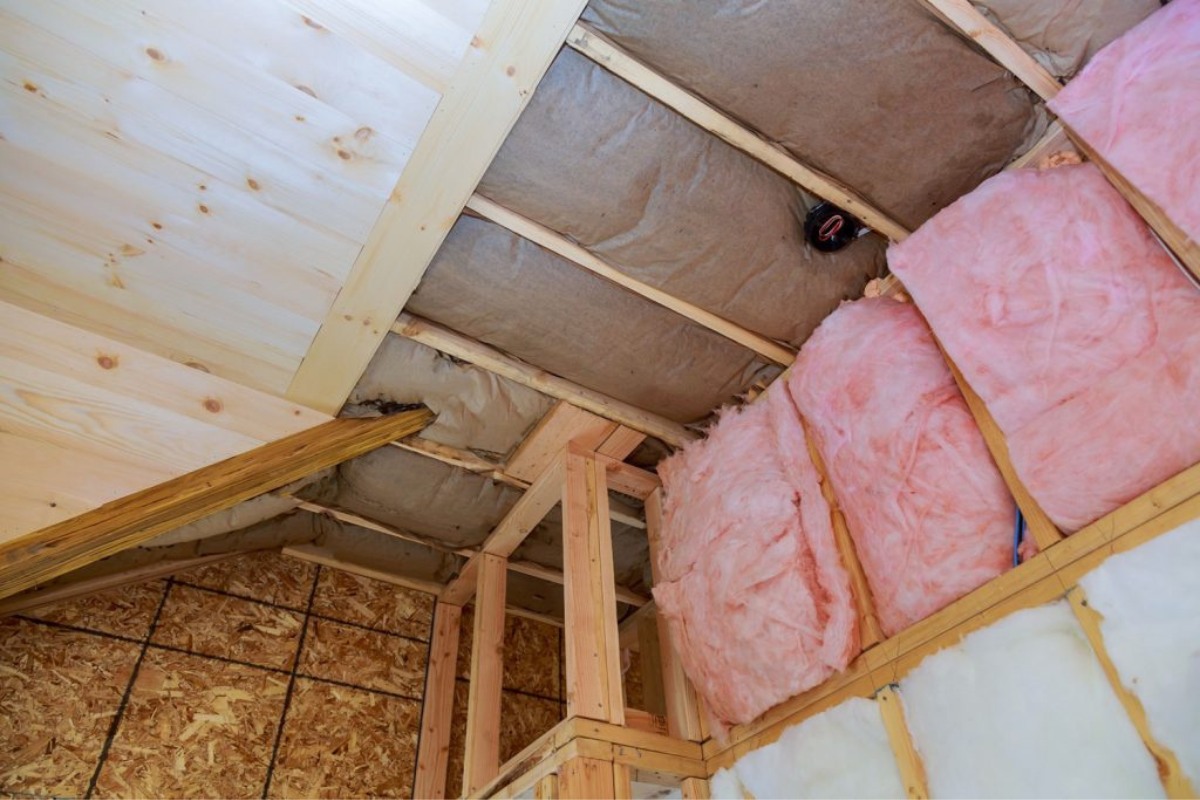
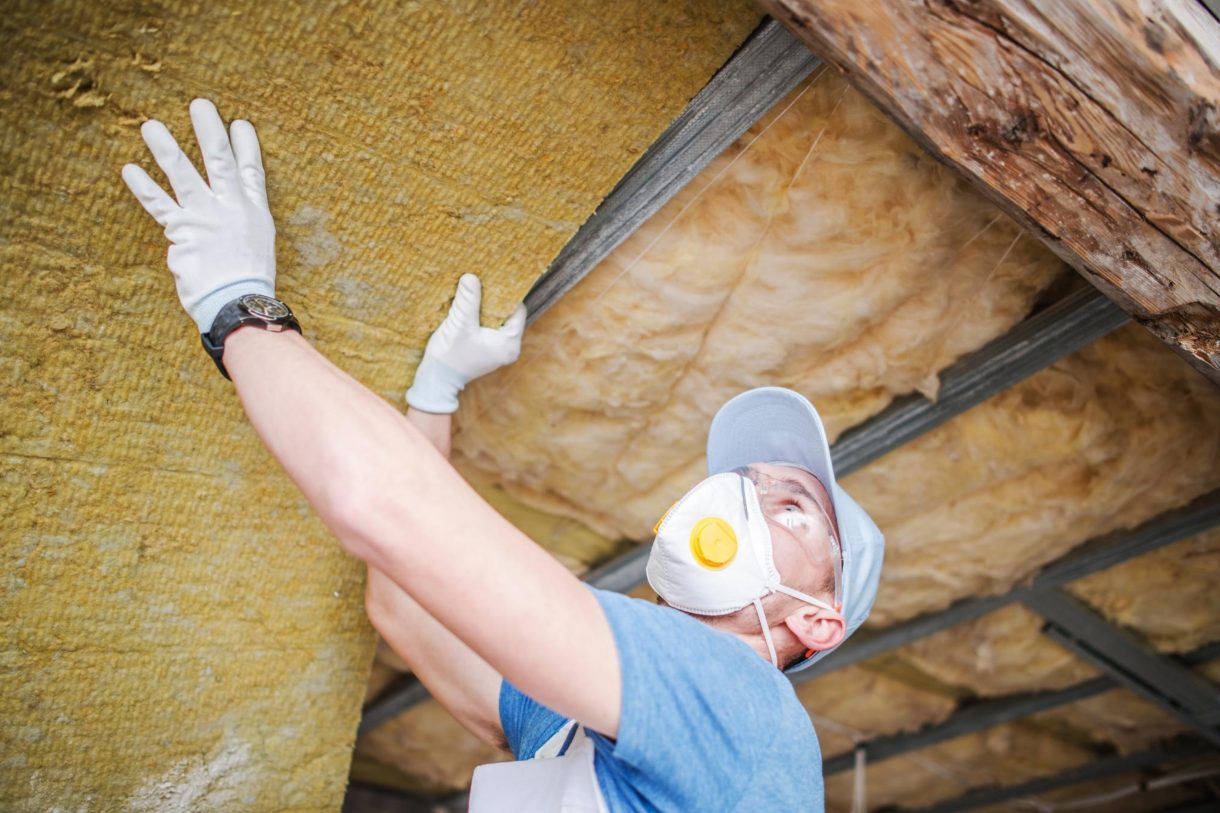
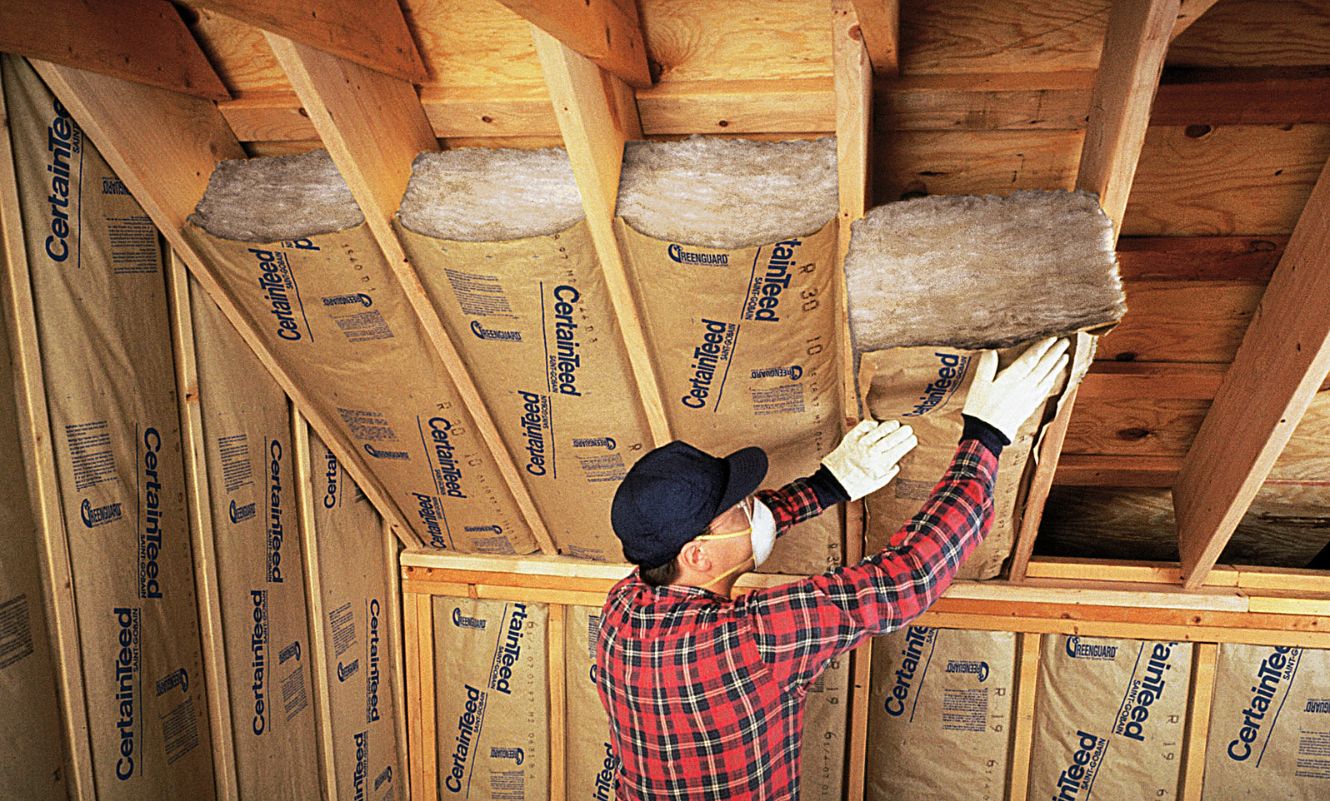
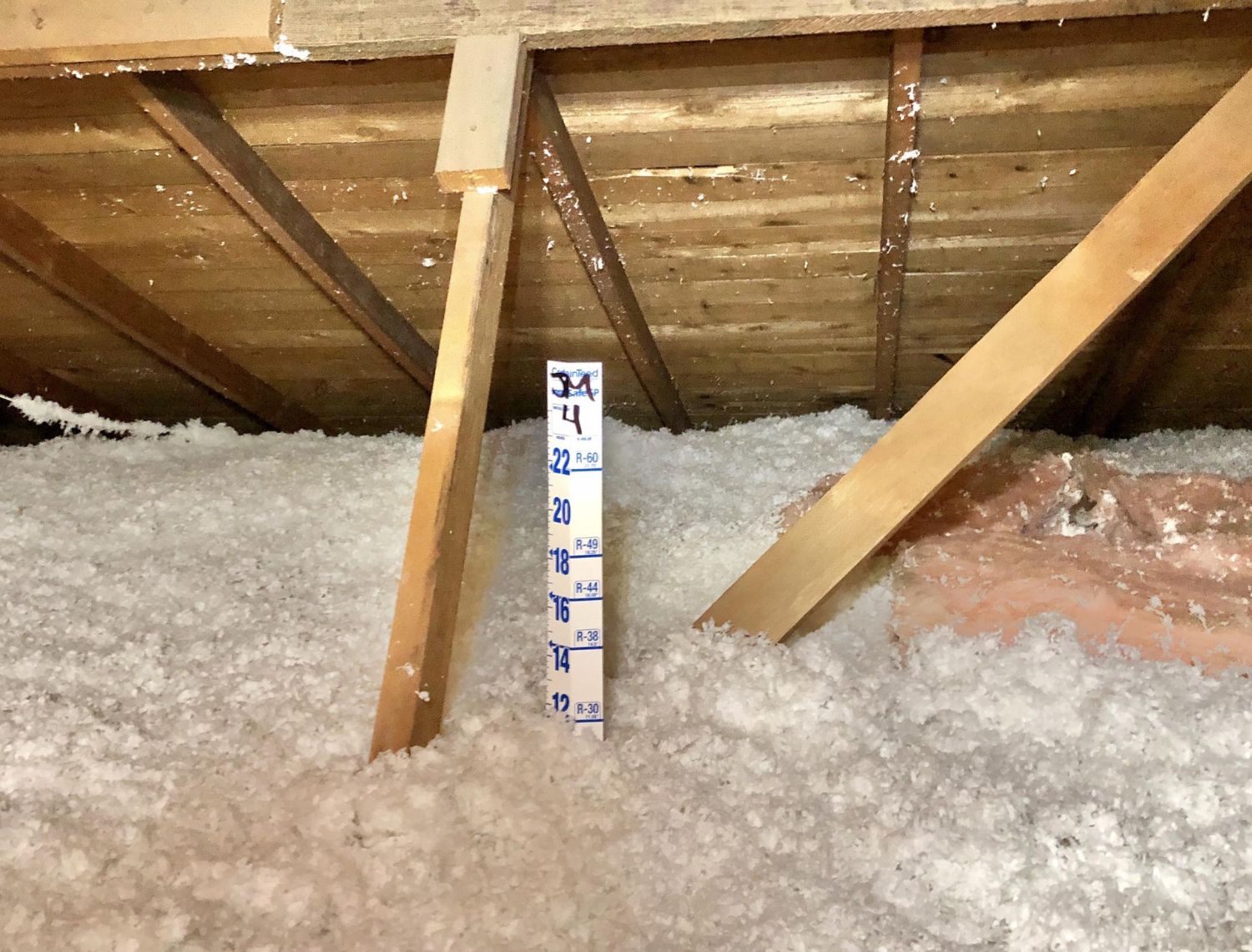
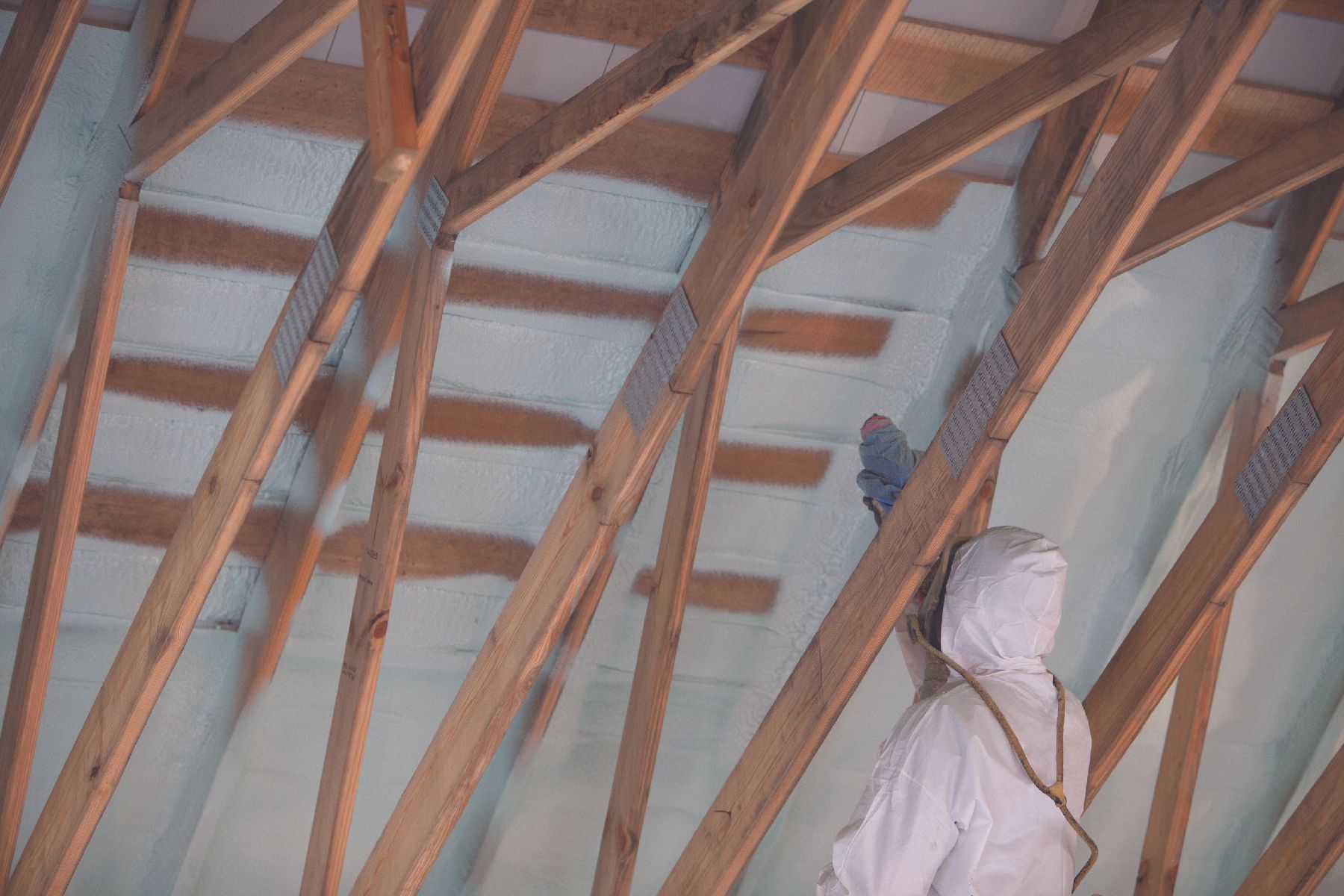
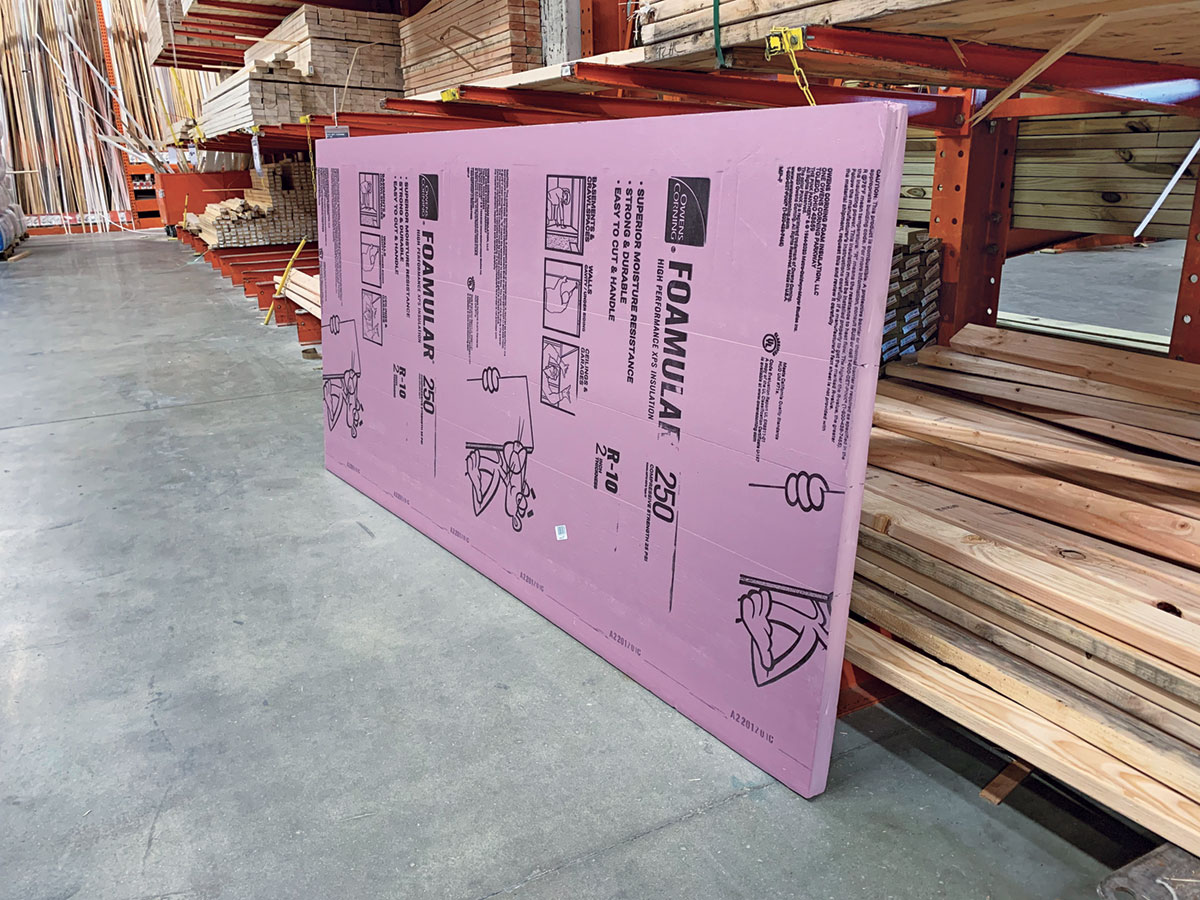
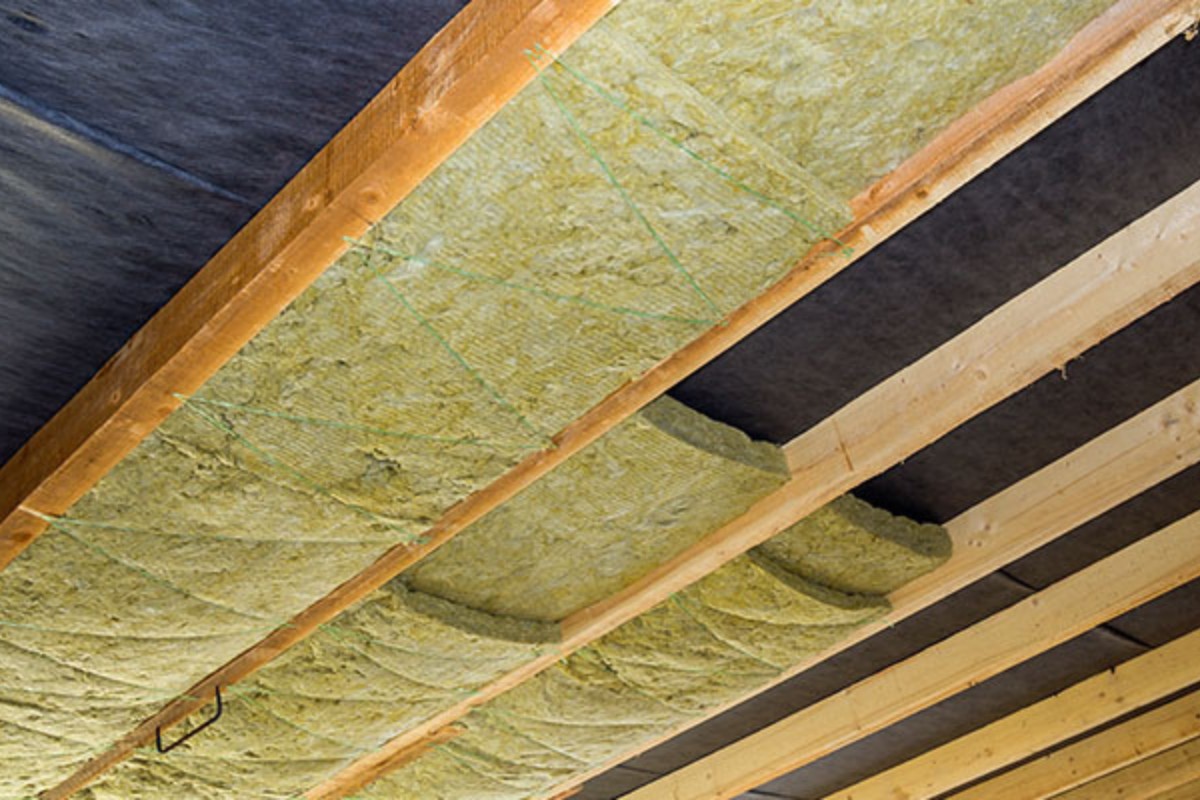
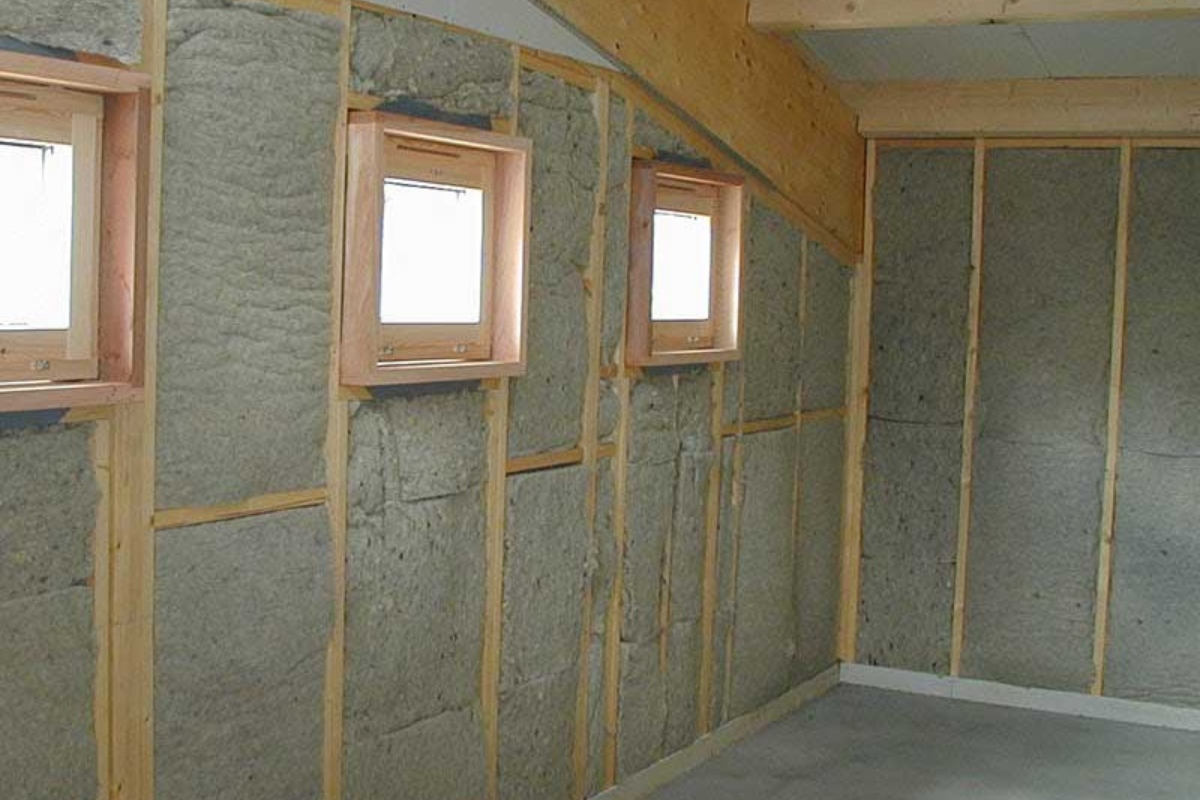
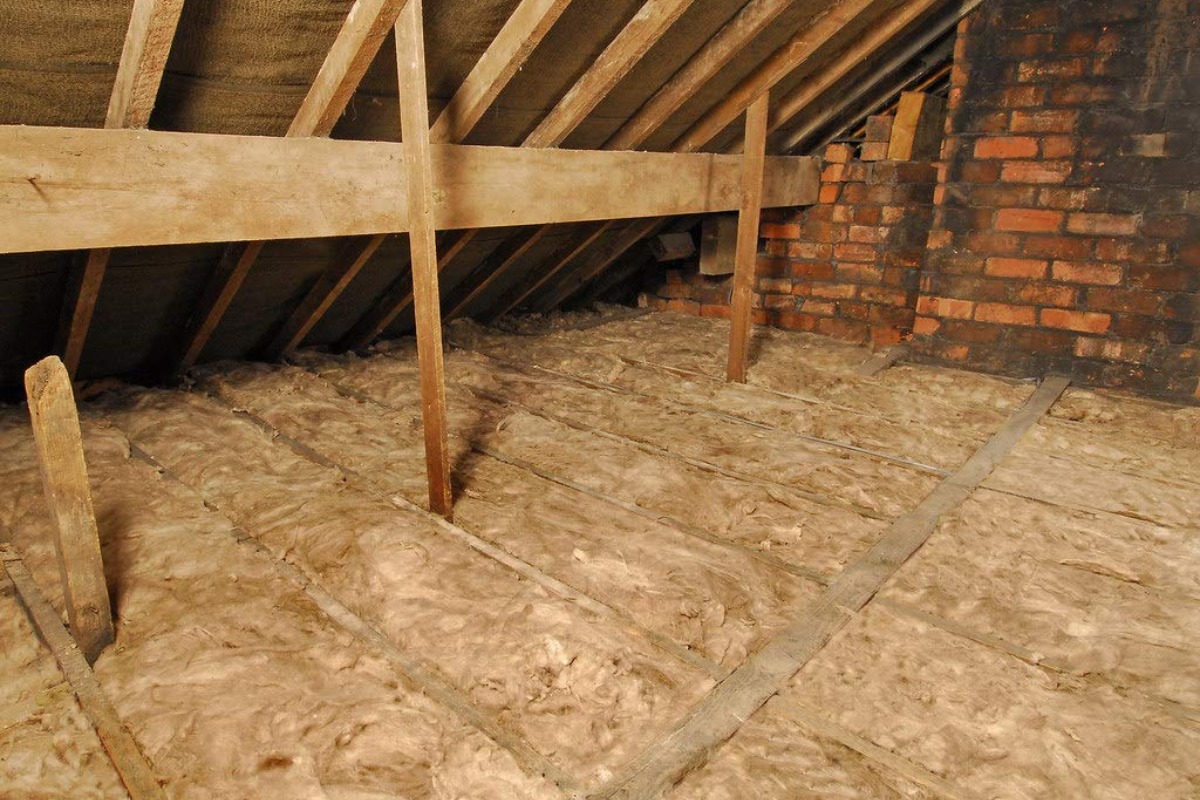
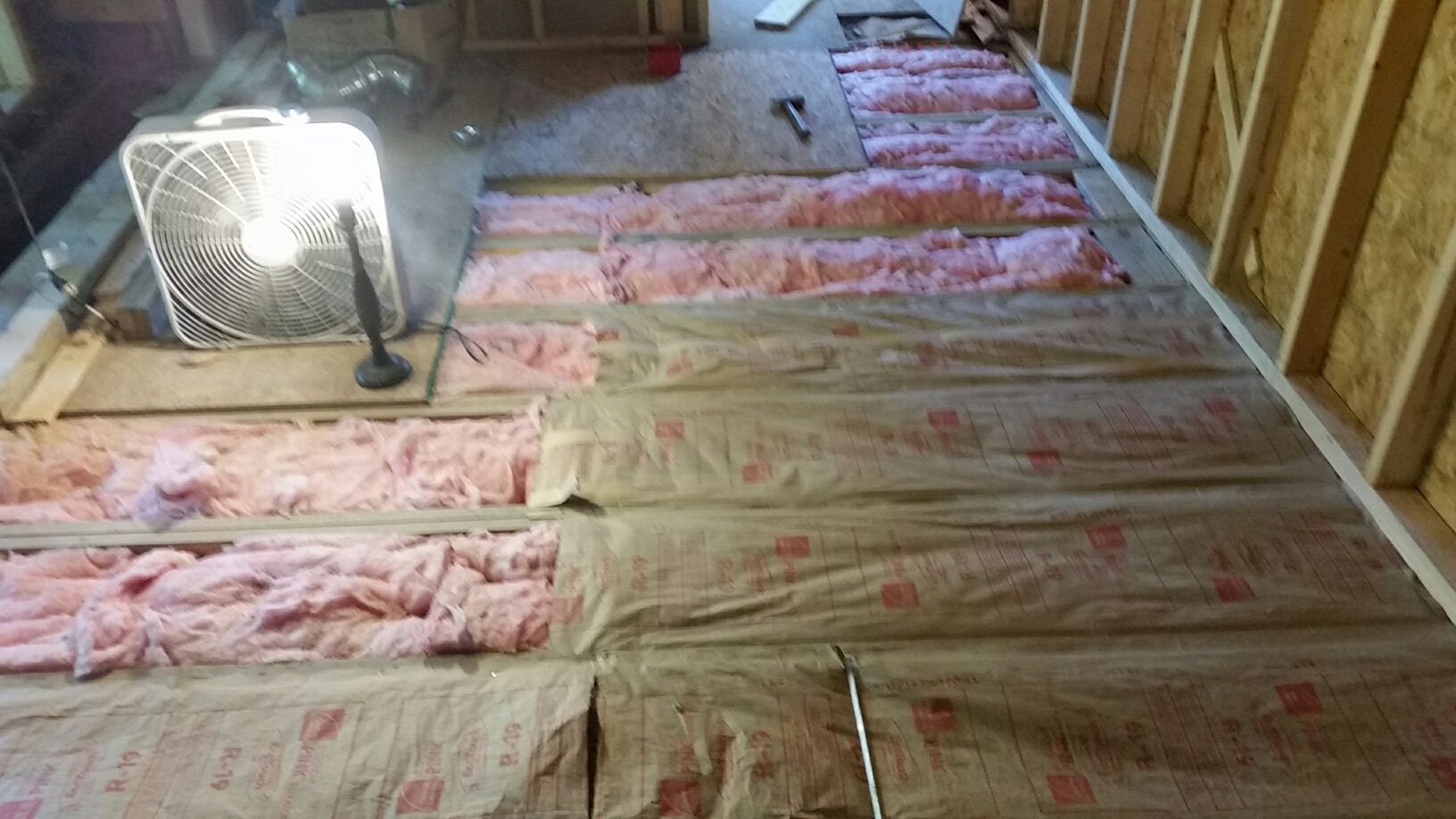
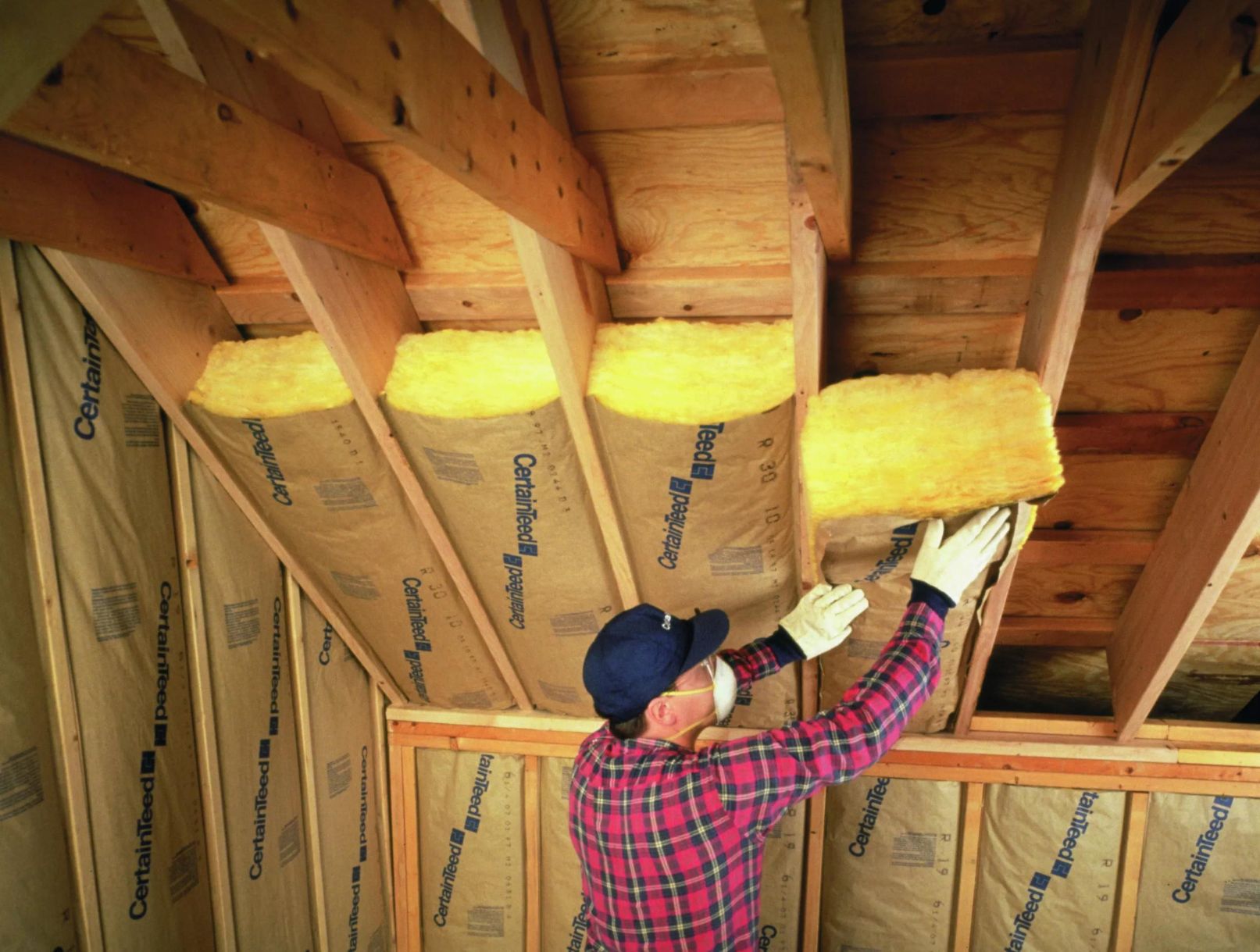
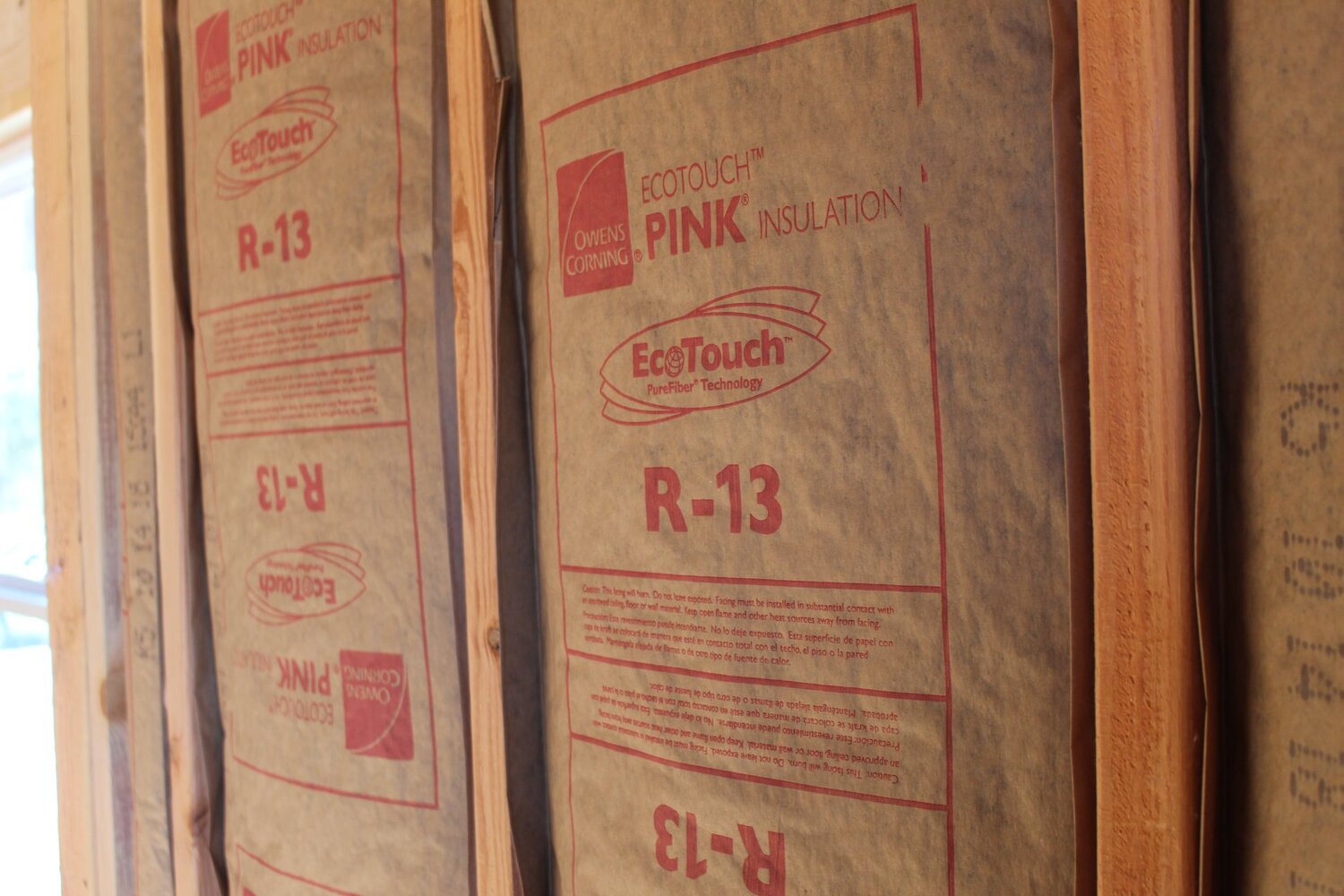
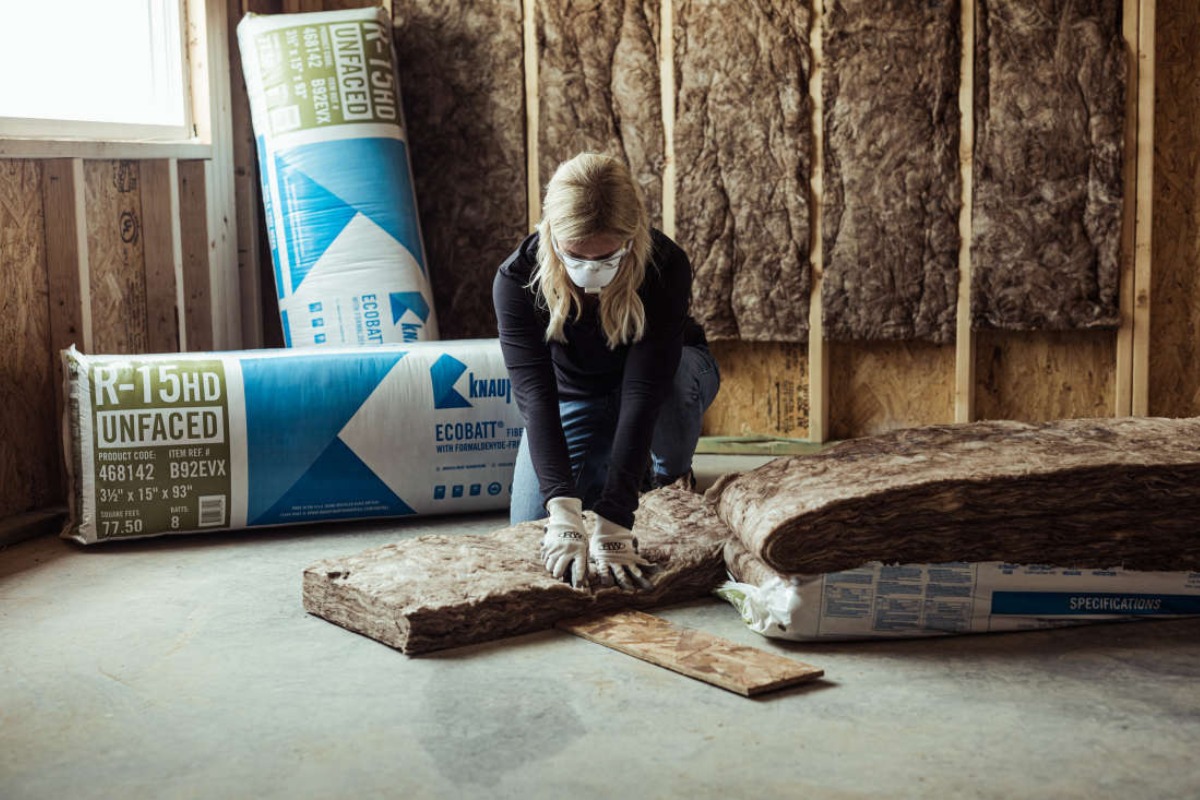

0 thoughts on “How Thick Is R-6 Insulation”